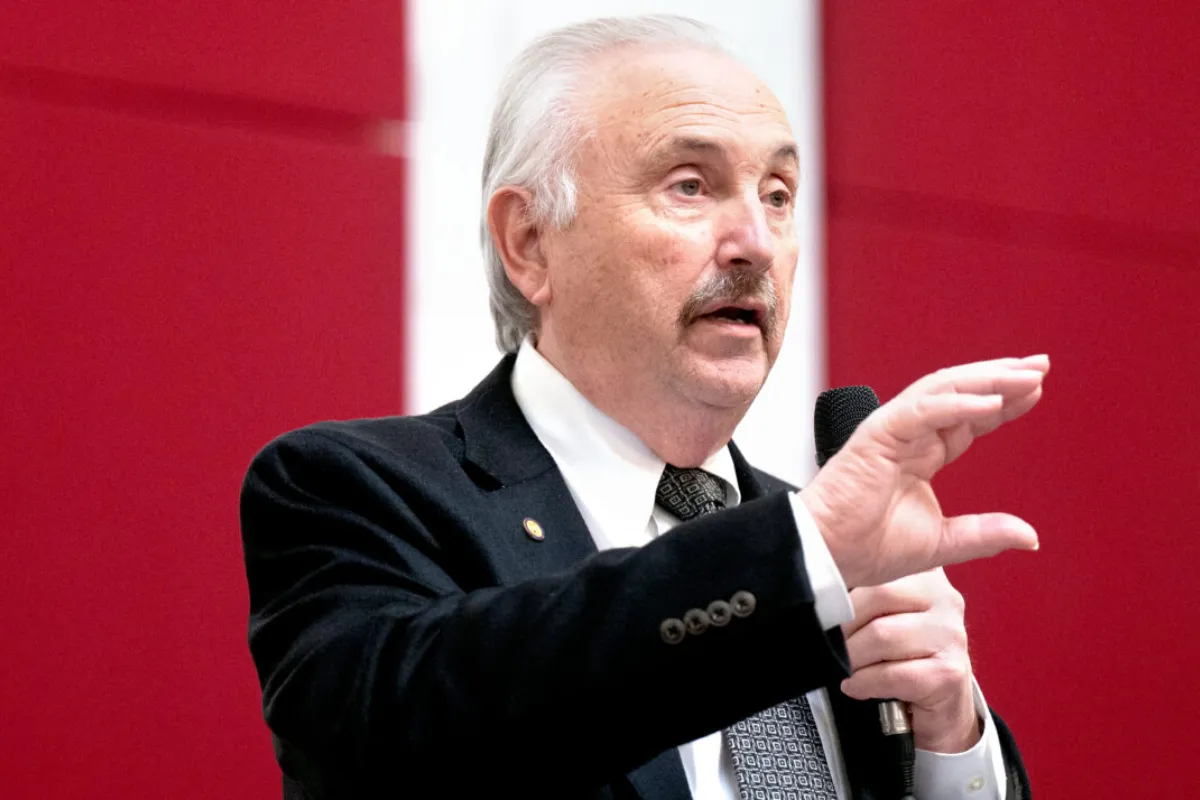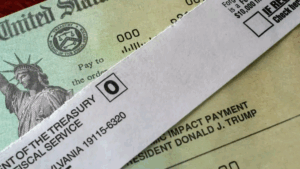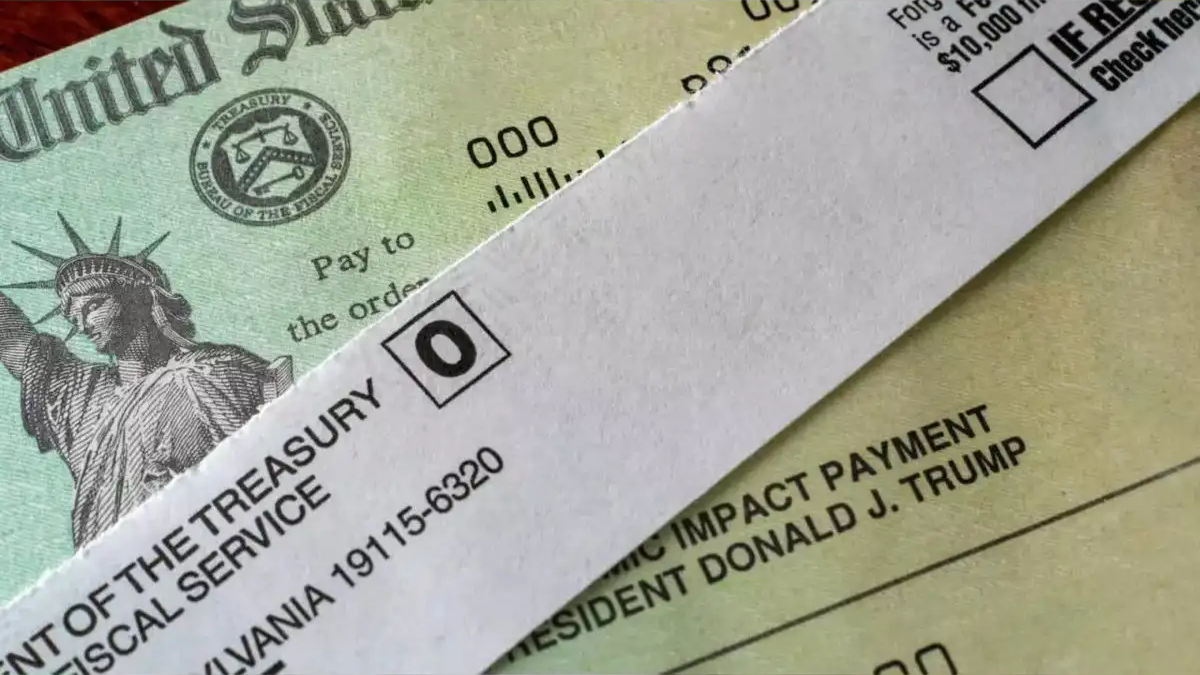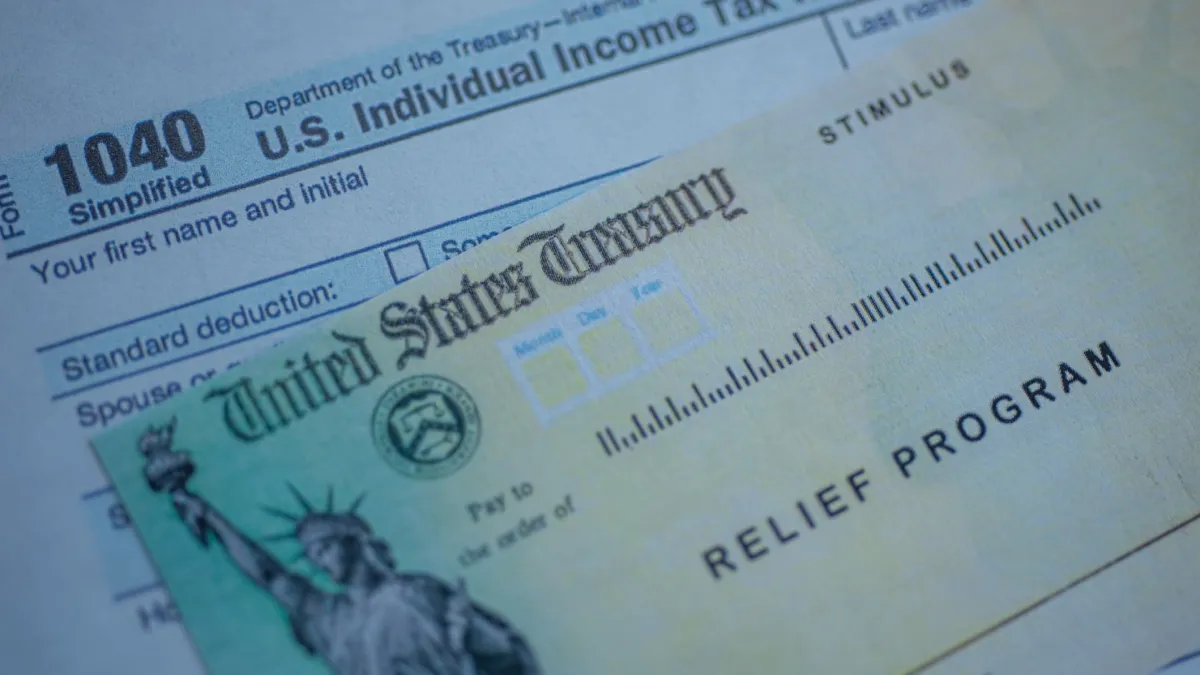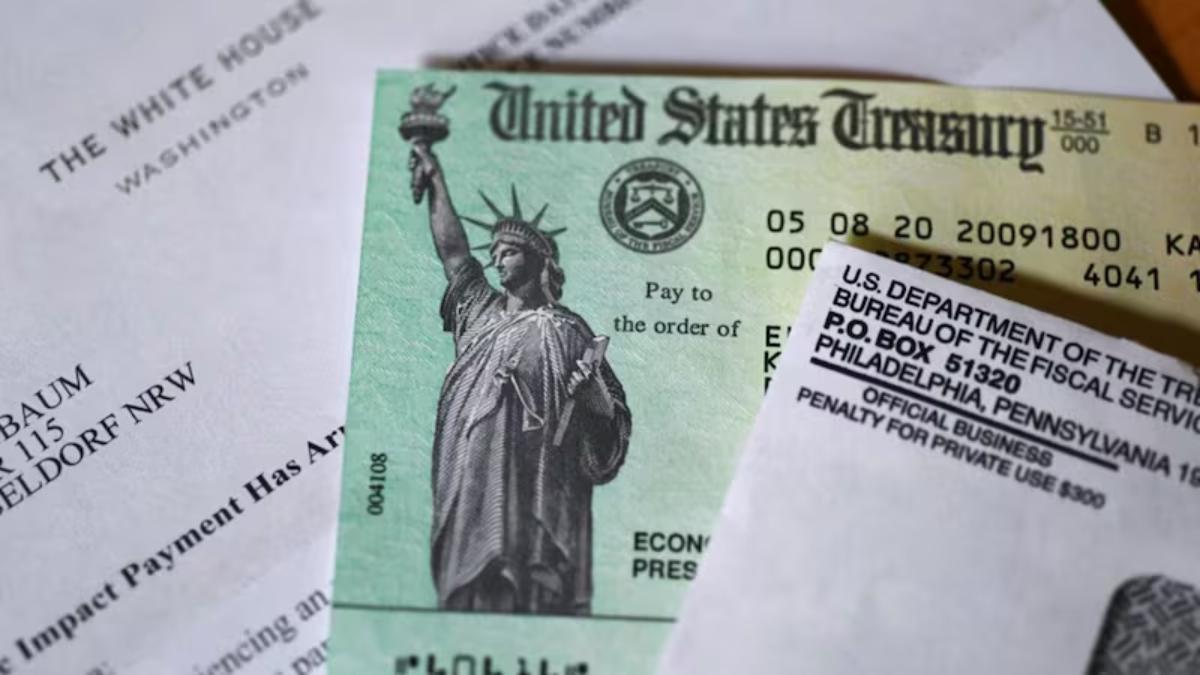The West Virginia House of Delegates advanced a budget deal with the Senate Thursday evening, but not without raising serious concerns about the soaring cost of the state’s Hope Scholarship program. With the July 1 fiscal year approaching, lawmakers finalized a compromise budget — but growing unease over education voucher expenses dominated the debate.
The general revenue budget compromise, introduced as an amendment to House Bill 2026, passed the House with a 78-18 vote. This budget, agreed upon by the House and Senate finance chairs, now returns to the Senate for concurrence.
The finalized general revenue budget is set at $5.318 billion for fiscal year 2026 — a slight reduction from Governor Patrick Morrisey’s proposed $5.322 billion and the Senate’s $5.321 billion version. According to House Finance Committee Chairman Vernon Criss, R-Wood, this marks a 4% increase over the $5.113 billion version the House passed last week. The budget also reserves $5 million in unappropriated funds for flexibility.
“This budget is $5 million under what the governor proposed,” Criss said. “We’ve been fiscally responsible and efficient with taxpayer dollars.”
In addition to standard appropriations, the budget includes over $210 million for one-time expenditures, dependent on surplus tax collections. This includes $125 million to the Division of Highways, $75 million to the Division of Economic Development, $10 million for the Water Development Authority, and $250,000 to Cabell County’s Lily’s Place.
However, lawmakers clashed over additional supplemental bills to support the state’s rapidly growing Hope Scholarship program — an education savings account established in 2021 that allows parents to use public funds for private or home-based schooling.
Two supplemental bills — House Bill 3356 and House Bill 3357 — would add a combined $62.2 million to the program. When paired with $24 million from the general revenue and $9 million from the state Lottery fund, the Hope Scholarship would receive $95.2 million for the 2026 fiscal year.
These costs are skyrocketing as enrollment in the program increases. Currently, about 10,000 students are enrolled, but that number could nearly double to 19,000 by the 2025–26 school year. Each participating child could receive up to $5,500, pushing the total estimated cost next year to $110 million. By 2027, when all students in the state become eligible, annual costs could exceed $300 million.
Some legislators questioned whether the state can sustain this growth.
“My concerns aren’t about school choice — this is about fiscal responsibility,” said Del. Dana Farrell, R-Kanawha. “We cannot let one program jeopardize funding for vital services that support 100% of our population.”
Del. John Williams, D-Monongalia, echoed this concern, warning of unchecked growth: “We’re funding this entitlement with one-time money. Meanwhile, our total budget isn’t growing, and public education could suffer.”
Others, like Del. Jeffrey Stephens, R-Marshall, called for more structure: “If 5,000 more students apply than expected, where will we find the extra millions to fund that? Maybe it’s time to consider a cap.”
Still, defenders of the program pushed back. House Majority Leader Pat McGeehan, R-Hancock, reminded colleagues that this was a commitment made to families and must be honored.
“It’s not about being fiscally reckless,” McGeehan said. “It’s about prioritizing our obligations in a conservative, responsible way.”
Del. Adam Burkhammer, R-Lewis, emphasized the human side of the program: “This money supports families and students in your own communities. It’s not a new obligation — it’s one we’ve already made.”
But House Minority Leader Sean Hornbuckle, D-Cabell, took issue with claims of obligation. “Our first obligation has always been to provide a thorough and efficient public education system. This undermines that core commitment.”
Another flashpoint was Senate Bill 748, the proposed Safer Communities Act, which would allow counties to introduce local public safety or amusement taxes to support emergency services. Del. Marty Gearheart, R-Mercer, attempted to kill the bill, calling it “the opposite of tax cuts,” but his motion failed narrowly in a 46-50 vote.
Supporters argued it was necessary to fund struggling emergency response systems statewide. “We still don’t have a permanent fix for EMS,” said Del. Joe Statler, R-Monongalia. “It’s time we did something.”
The bill will face a third reading on Saturday, with 24 amendments still pending.
As the legislative session nears its end, lawmakers must now reconcile fiscal responsibility with policy commitments — all while balancing a growing budget and competing demands across the state.
